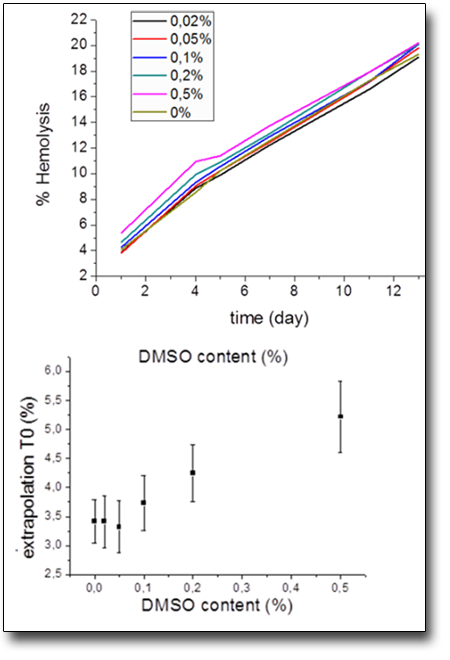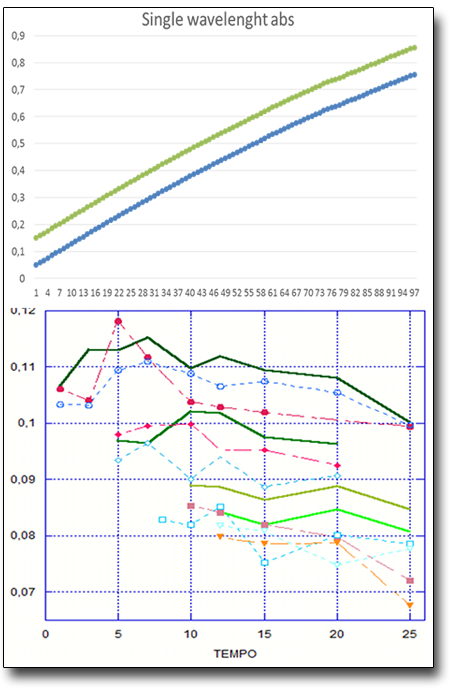
Cell culture incubator, centrifuge, laminar flow hood and UV-VIS spectrophotometer
Marco Girasole -
Giovanni Longo -
BioTech@ISM
A 4°C refrigerator and a -20°C freezer allow the storage of samples and reagents. A tabletop autoclave allows to sterilize materials for samples handlings. An high sensitivity analytical balance with automatic calibration allows to preparae buffers and solutions and two optical microscopes (one standard and one inverted) both equipped with objectives up to 50x allow for a rapid screening of the cultured cells and samples.
TECHNICAL SPECIFICATIONS
- Cell culture incubator BINDER CB150 with temperature control (sensitivity 0,1 °C) and gas concentration control (sensitivity 0,1%)
- 2 gas lines connected: CO2 e N2
- Centrifuge with adjustable timer and rotation speed up to 3000 rpm
- Laminar flow hood
- Spectrophotometer Jasco V-630 UV/vis/NIR with double beam and single monochromator, wavelength range from 190 to 1100 nm.
- Single beam working modality available as well as fixed wavelength time-course
AVAILABLE TECHNIQUES
- UV-Vis spectroscopy
- Centrifugation/Ultracentrifugation
SAMPLE
-
These equipment allow to maintain cells in culture under sterile conditions and to treat them in a safe way for the operator. Moreover it is possible to directly prepare solutions of interest and to rapidly characterize them with the spectrophotometer.
USE FOR
-
Measure of absorption, transmittance, reflectivity of samples in solution in the UV-Vis range
-
Measure of concentration of samples in solutioe
-
Measure of enzymatic activity
-
Measure of the progress of chemical reactions
-
Purify samples in solution by separating components of different molecular weights (proteins, cells, nanoparticles, surfactants etc.).
Case Studies
Toxic effect of DMSO on red blood cells
The dimethyl sulfoxide is well known in the literature to be a good deliverer of substances through the cellular plasma membrane, but, in high concentrations the drug intercalates the membrane massively and can create holes in the membrane itself. This issue is really important in red blood cells due to the lack of synthesis of enzymes that can remove the excess of dimethyl sulfoxide. In this sense we have followed complete ageing processes at different concentration of the DMSO in order to evaluate the most suitable working conditions. This evaluation has been carried out deriving the lysis percentage of the cells from the 350-700nm spectra of the supernatant of a sample’s aliquot at different days of ageing.


Evaluation of acetylcholinesterase (AChE) activity during in-vitro ageing of human red blood cells (RBC
Our preliminary data show that there isn’t a direct correlation between AChE activity and RBC ageing, in our experimental setup of accelerated in-vitro ageing in starvation condition. However our data show a sharp reduction of the enzyme activity after a process of “rejuvenation” of the cells in which in the incubation solution are added the necessary components to reactivate the metabolic cycle that synthetize ATP. This enzyme behavior is completely new and it calls for metabolic regulations and molecular mechanisms that we are actually studying.

 English (UK)
English (UK)  Italiano (Italia)
Italiano (Italia)